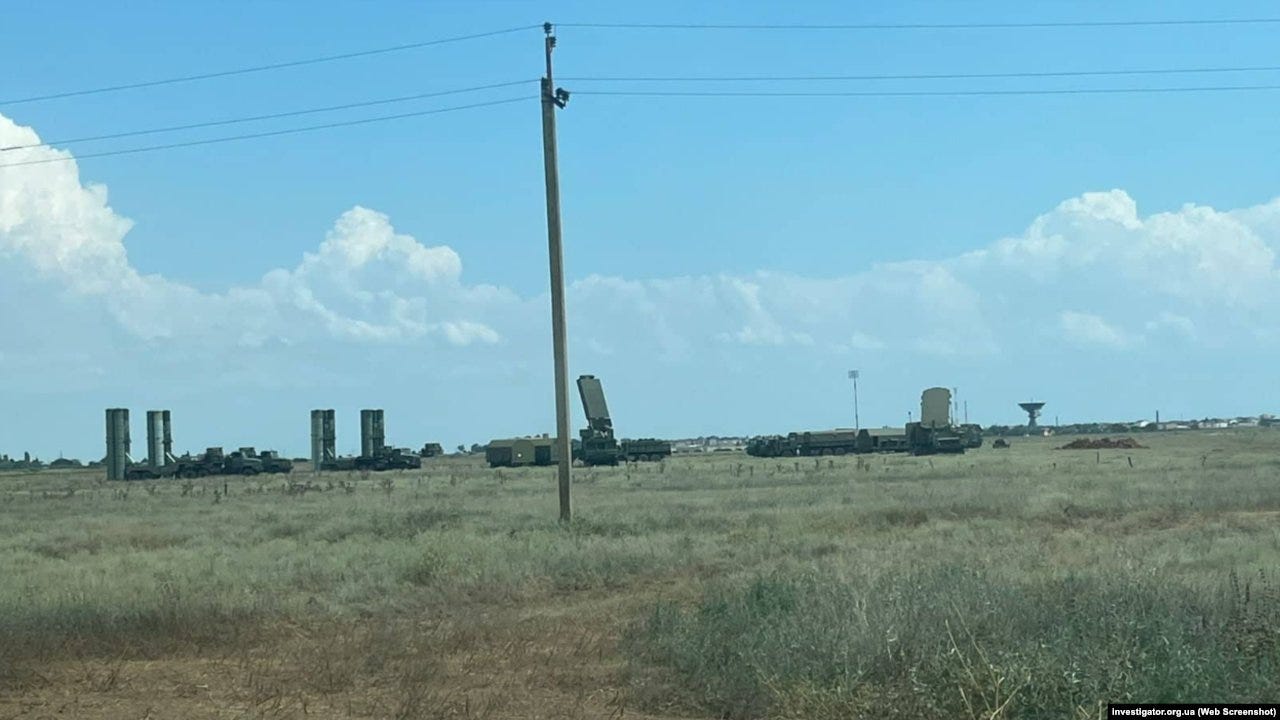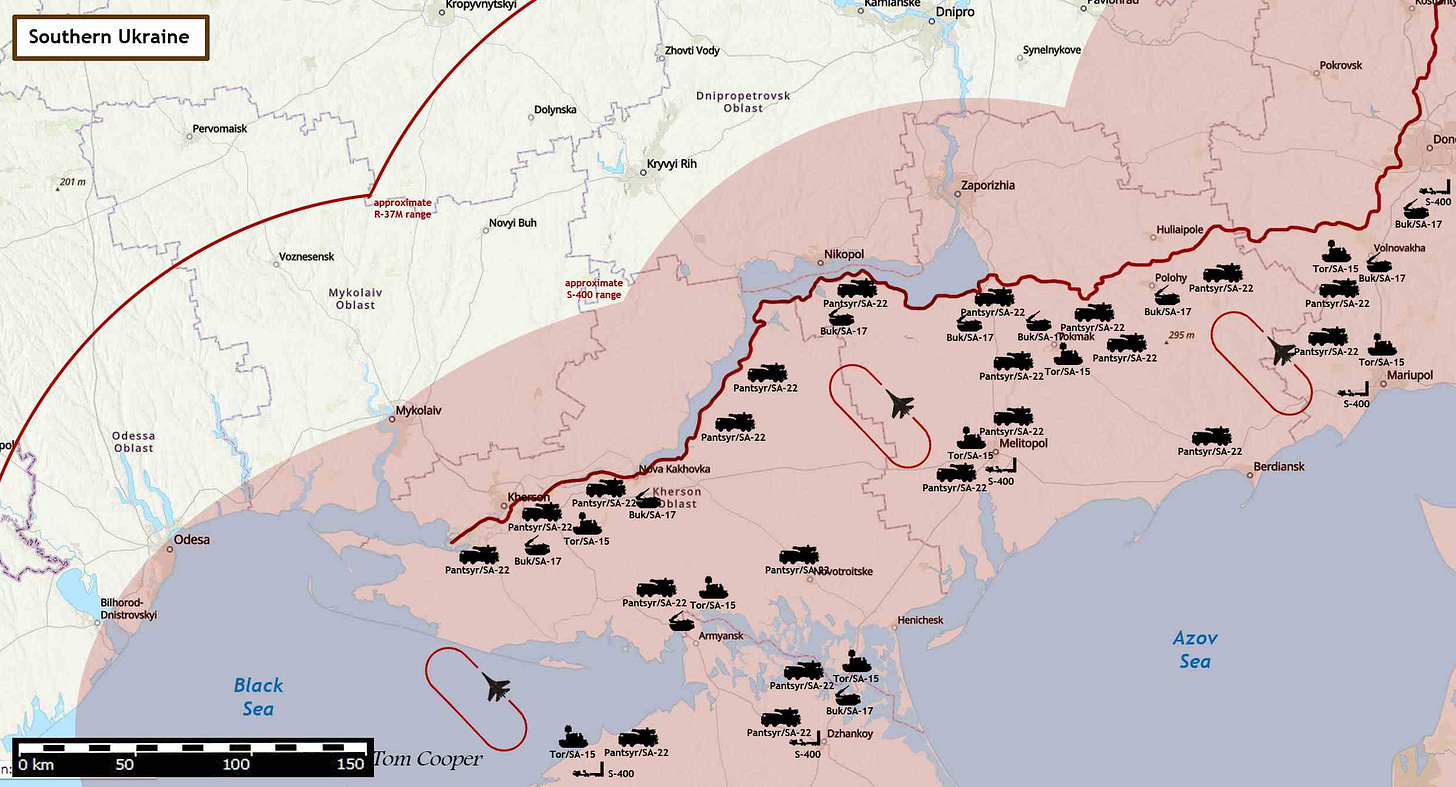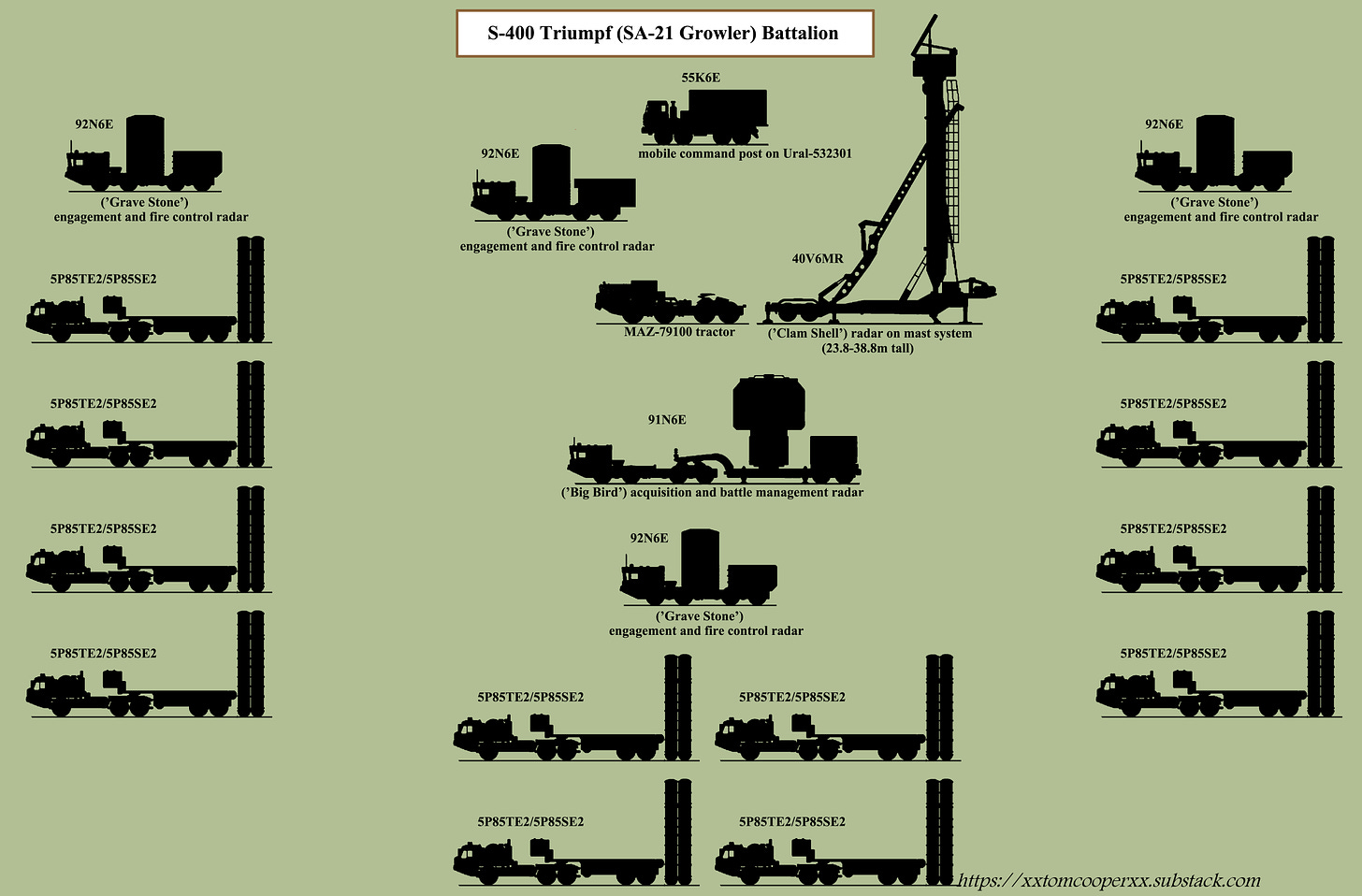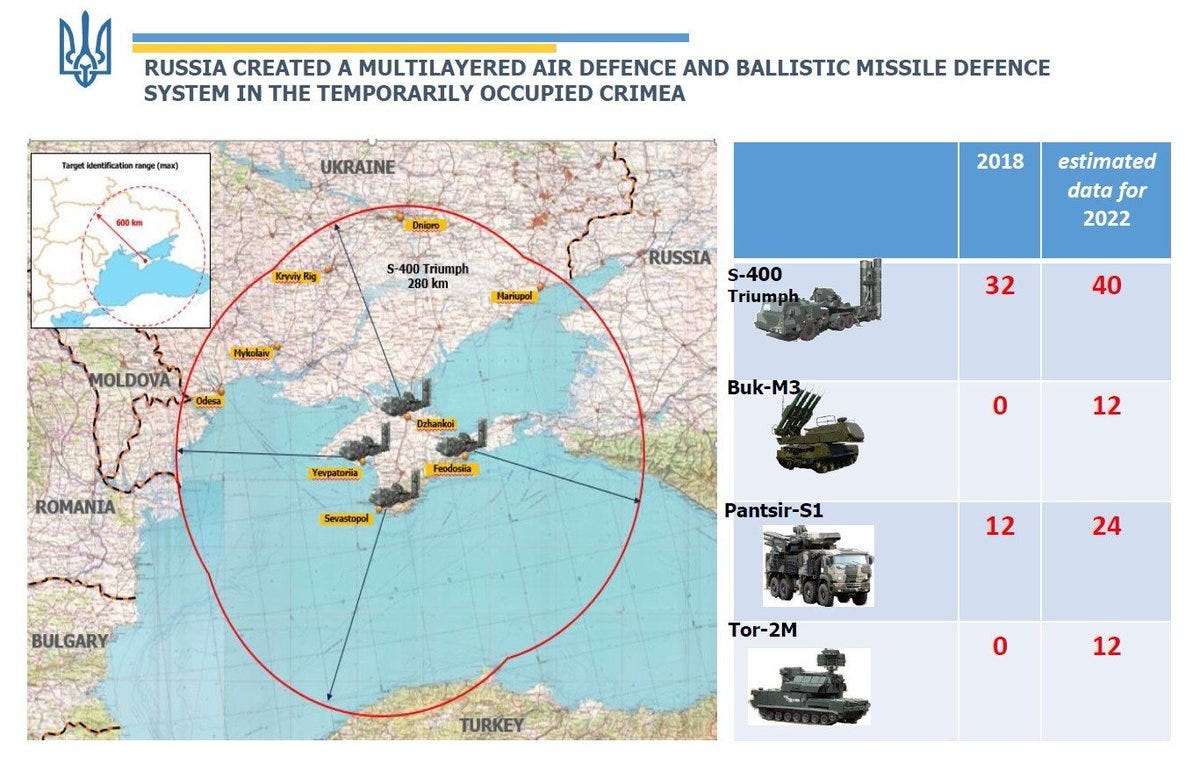Military aviation expert Tom Cooper continues his analysis of the war in the sky and on the battlefield between Ukraine and the Russian Federation. For your attention, the third part of the analysis of the war in the air
Regular readers might recall that back in August, I began a series of features about Ukrainian Storm Shadow operations, and Russian reactions to the same. Then got carried away by work and other developments in Ukraine, and never finished it. Well, let me try to do so today. In the Saints, Thunders & Lightnings Part 1, I’ve explained some of weapons deployed; in the Part 2, I’ve explained the Russian air defences of occupied southern Kherson, southern Zaporizhzhya and northern Crimea.
Now…. through the last night and this morning, videos of a powerful explosion in the Yevpatoria area surfaced in the social media. This is a town on the south-western side of the occupied Crimea. The explosion reportedly took place around 05.40hrs in the morning, west of Yevpatoria.
There are several Russian military units deployed there: Yevpatoria is close to the Saki Air Base, and the 40th Radio Location Regiment, VKS is deployed in the area, too. The latter is a particularly interesting unit, operating a complex of about 8 radio telescopes and 13 other dishes (or ‘satellite antennas’) for space communication. Unsurprisingly, the area was protected by two S-400 SAM-sites of the 12th Anti-Aircraft Missile Regiment.
….and still, Ukrainians hit ‘something’ north-east, and west of Yevpatoria. Probably one of S-400 SAM-sites.

The question is: how?
Be sure, this is no new question.
Almost a decade ago, at the high point of the Syrian (‘Civil’) War, some 2-3 years into the Iranian military intervention there, and shortly before the Russian military intervention, there was a lots of talk about a possible US military intervention in that country. The same was never launched, but still frequently discussed – especially in the social media. And so, and between others, a well-known and highly-authoritative US online journal published a series of articles discussing air defences of the Assadist regime. All written by veteran pilots of the USAF, these concluded that this is something like ‘no go’: that Assadist air defences would be much too strong. De-facto impenetrable.
….which surprised me a bit, because having worked on multiple publications about the Syrian Arab Air Force…. well, lets say that it wasn’t ‘just history’ (see: Syrian Arab Air Force in Arab-Israeli wars of 1967, 1973, or 1982, just for example) I’ve discussed with local contacts. Indeed, they were rather clear in regards of their contemporary ‘capabilities’ - especially in regards of defending whatever was the Assadist regime still controlling in Syria at the time.
I wrote a corresponding article and sent it to the US magazine in question.
In – rather typical – US fashion, the editor there ‘reacted’ by subjecting my manuscript to a ‘peer review’, and then by the very same USAF veterans that wrote the USAF could not penetrate Assadist air defences.
Characteristically, they didn’t question the content of my article, but were asking things like, ‘how can you have such contacts?’ and ‘how do you want to know this? And I first thought to myself: by side that, yes, there are very few people with any kind of substantial contacts in the Assaidst armed forces, but, at least the second of these ‘groups of questions’ could’ve been answered by a careful look at topographic/physical map of Syria. With other words: explained by geography… One way or the other, the conclusion was something like that ‘even’ USAF veterans with extensive combat experience from Iraq and Kosovo/Serbia of the 1990s, haven’t had a ‘solution’ for what they thought was a mix of Buks (SA-17), Kvadrats (SA-6/11), and upgraded Pechoras (SA-3s), which they assumed were reinforced by S-300s (SA-10s) – but, actually, were not (the Russians supplied S-300s to Assadists only years later).
(Alternatively, the people in question were ‘at least keen’ to create such an impression…. Who can say?)
Eventually, got fed up of answering the ‘1st round’ and then the ‘2nd…’ and ‘3rd rounds’ of their questions, withdrew that article before having to answer the ‘4th round’ - and it was never published. I’m never insistent in such cases: my experience is that trying to inform ‘US Americans’ is foremost a matter of politics and what they prefer to hear, not of facts or information (I better do not go into discussing my related experiences).
Nevermind. Back to the actual topic here.
***
Not only in the case of such ‘nerds’ like me, Ukrainian attacks on bridges on the occupied Crimea, back in late July and early August, and now these strikes on Sevastopol and the Russian air defences on the peninsula, do impose a few big question marks. Foremost of which is: how do the Ukrainians do that?
If nothing else, just consider what we’ve been taught about the power of the Russian air defence systems in question. See interceptors like MiG-31, Su-30, and Su-35s: they’re their '1st line of defence’ in the sky over the Crimea. At least MiG-31s and Su-35s are equipped with powerful, multi-mode radars with ranges over 200km, and armed with R-37Ms: the most powerful and longest-ranged air-to-air missile in service around the world, right now. Sure, claims of its range of 400km might be exaggerated but, have no doubts: when released from a fast-flying jet at high altitude, it can certainly reach over some 150-200km. Considering the official range of the Storm Shadow/SCALP-EG air-to-surface missile is about 550km, this means that Ukrainian Su-24s must be releasing them from the areas somewhere between Pervomaisk and Kropyvnytskyi, well over 200km from the frontline. Certainly well before entering the zone protected by the Russian interceptors. Although Storm Shadow/SCALP-EG are travelling at a high subsonic speed, this in turn, should leave the Russians plentiful of time - something like one hour - to find, track and shoot them down. Already by their MiG-31s and/or Su-35s, especially the former of which is custom-tailored precisely for such tasks.
And still, they do not….

2.) Then take that famed S-400 (SA-21). The basic system has got built-in redundancy in regards of its radars, in regards of its capability to remain operational in face of most severe electronic countermeasures, and in regards of its weaponry. For example, a single S-400 SAM-site (‘divizion’ or ‘battalion’) is equipped with:
- 1x 91N6E (‘Big Bird’) acquisition and battle-management radar (early warning, sort, etc.),
- 1x 96L6E acquisition radar
- 1x 92N6E (‘Grave Stone’) engagement and fire control radar;
- 1x 40V6M mast-mounted radar for detection of low-flying targets.
At least the first three of these four radars are very advanced: at least the 91N6E is claimed to have ‘anti-stealth’ capability out to around 150km. All three are definitely hard to counter with electronic countermeasures….

The centrepiece of every S-400 SAM-site is the 55K6E mobile command post, which is highly flexible: it not only can control between 4 and 12 S-400-launchers, but be coupled with launchers from the S-300 system, and control any kind of weapons developed for either, S-300 or S-400, but also with Buks, Tors and Pantsyrs, to create an integrated air defence system of its own, ‘within’ an already existing integrated air defence system…
And if that’s not enough, mind that every single launcher of the S-400 system can deploy something like 7 or 8 different versions of missiles, some having medium-, other long-, and yet others ultra-long range. Depending on the type of missiles in question, a single launcher can carry between 4 and 16 missiles (four of bigger- and longer-ranged or 16 smaller- and shorter-ranged missiles; or a mix of these, or a mix of these and medium-ranged missiles…. all depending on the expected threat). With other words: a single S-400 SAM-site with 12 launchers can have anywhere between 48 and 192 surface-to-air missiles loaded and ready for use…
….which, in most cases, is prompting people into conclusions in style of, ‘you shoot 1 missile at it, it shoots back with 48-192 missiles’….
…and things only get worse when people then consider such situations like the Russian deployment of four S-400 SAM-systems on the occupied Crimean peninsula, as is known to have taken place since 2018 (see the attached release by the ZSU). ‘Oh dear, that’s between 192 and 768 missiles…. nearby Buks, Tors, and Pantsyrs excluded’…
This is creating the impression of there being an ‘impenetrable, ever-lasting air defence bubble over the Crimea and all of the Black- and Azov Seas’, that’s also ready for combat, 24/7.

And still, all these SAM-systems are regularly failing to shot down incoming Storm Shadows/SCALP-EGs… So, how is that possible?
This text is published with the author's consent. First published here